News
Jamie Lee Curtis: The Making of a Scream Queen – Prom Night
In some ways Prom Night represented a chance for Jamie Lee Curtis to create a new high school experience, putting aside the element of the masked killer in Prom Night, that she had never enjoyed and this is especially true in terms of prom night and the dancing that’s a rite of passage for graduating high school students.
Whereas Curtis herself had been largely ostracized throughout her high school years, which would manifest in Curtis’ bleak outlook towards the future, Kim Hammond is one of the most popular girls in high school, and is going to the prom with one of the most popular boys in school in the form of Casey Stevens’ Nick McBride character. In many ways this was the kind of teenage experience that Curtis herself could only have dreamed of back at Choate, with the exception of being stalked by an axe-wielding killer.

Perhaps Curtis’ most memorable scene in Prom Night is when Kim and Nick, Hamilton High’s Prom King and Prom Queen, have their big dance scene in the school gymnasium. The outrageous dance sequence, which lasts about three minutes in the film and features an array of disco moves and poses, required a lot of practice on the part of Curtis and Stevens who had worked hard, both before and during the film’s production, to get the dance moves just right in concert with dance choreographer Pamela Malcolm, Paul Lynch’s sister.
WILLIAM GRAY: Jamie was very much a natural dancer and the scene wasn’t that difficult for her whereas Casey really struggled with the dancing and had to work a lot harder than Jamie did to get the moves right. The scene was embarrassing. We copied everything on Prom Night, and with that scene we were copying Saturday Night Fever. The biggest debate we had when we were planning the film was whether to use disco music or rock music. We went with disco because of the success of Saturday Night Fever.
PAUL LYNCH: In the script it said there was a wild disco sequence so we had to create a sequence out of that. Peter Simpson and I felt like we needed a big dance scene in the film and that’s why I had my sister, who was a dance choreographer, work on dancing with Jamie and Casey Stevens for ten days before we started shooting. I wanted a dance sequence that would at least hold a candle to something like Saturday Night Fever, if not being quite as good. I thought the scene turned out good, and most of that was due to Jamie who was a very good dancer. Casey had to work a lot harder to get the dance moves down.
PAMELA MALCOLM: We had fun with the scene, but it was the end of filming and it was really hot and humid in the gymnasium. Paul could barely stand up during the filming of the scene because it was so hot and Jamie really carried the scene because Casey had two left feet. We also had to work around Jamie’s back at all times, and eventually we got through the scene. Poor Casey was such a nice guy, and I think he’d had his fill of Jamie by the end of filming. Casey trained for hours and hours in the dance studio but he couldn’t do lifts, and some other ambitious dance sequences that I’d planned for the scene. A few years after we made Prom Night, Paul told me that Casey was sick with AIDS and then I heard that he died, and that made me very sad.

DAVID MUCCI: The dance scene was really crazy and fun. Casey had a stunt double who was standing off in the corner with a wig and everything, but Casey was really determined to try and do the dance scene himself. They used a double for Casey in some of the takes, if you watch the film closely.
ROBERT NEW: Casey and Jamie worked for two weeks on the dancing. Jamie was really into the dancing and really burned it up on the dance floor whereas Casey wasn’t that much into it. Jamie pulled Casey around the dance floor and carried him through the scene. They got along fine, although I think Casey was a bit in awe of Jamie. In terms of shooting the dance number, we had the scene well-covered and shot from an angle. The biggest challenge was with the dance floor itself because it was an under-lit plastic floor and if you stomped on the floor, the cameras would shake so we used a Steadicam for much of the dance scene. We shot the scene off the floor, with the camera off the floor, and we used a Dolly on the dance floor when Casey and Jamie were twirling around the dance floor.
MARY BETH RUBENS: Jamie had legs that went on forever, and an incredible amount of energy. She was tireless and she just kept going and going, and she was a great dancer.
SHELDON RYBOWSKI: Before they filmed the scene, Jamie walked out and surveyed the stage and planned out all the moves she was going to do. She was very prepared. My one scene with Jamie in the film was when I arrived at the prom with Joy Thompson, and I handed Casey Stevens a joint and then I kissed Jamie on the cheek. I was supposed to shake Jamie’s hand or something, but I kissed her on the cheek instead and she was shocked. She went “Oh,” but she was really cool about it, and then we had to do more takes for continuity purposes, and I had to kiss her cheek over and over again.
JOY THOMPSON: I remember that Casey Stevens had a hard time doing the dancing while Jamie found it quite easy. As for the dancing, that was the type of thing kids were doing back in 1979 so when we were watching them do the scene it wasn’t that funny.
STEVE WRIGHT: We had two cameras for that dance sequence, and there was also dry ice and the floor was covered with oil and I remember that Jamie actually slipped and hit the floor hard during one take.
The climactic scene in Prom Night occurs when Kim and Nick are confronted by the masked killer on the stage. The axe-wielding killer grapples with Nick who eventually pushes him away after which Kim grabs the axe and smacks the killer in the head. The killer was played by stuntman Terry Martin, although actor Michael Tough donned the killer’s black mask at certain times during filming. “The axe fight scene took place at the end of our filming schedule and everyone was very hot and frustrated,” recalls Robert New. “Before we shot the scene, Paul stood up and lectured the cast and crew to pull it together because it was a dangerous scene and someone could get hurt, and Paul wanted everyone to band together and pull the scene out. I remember that Casey had a stunt double for the scene and that Jamie was very adept at doing the action and physical stuff.”
Both this scene, and the film’s final scene which takes place outside the gymnasium, were shot on the last two days of filming. It was a very grueling finish to what had been a relatively peaceful and routine shoot, and this was primarily because Toronto was going through a record heat wave during the end of Prom Night’s filming schedule. “We shot that scene on a Saturday, all day and all night, and then we finished the movie on Sunday and the heat was unbelievable,” recalls Lynch. “It was the worst heat wave Toronto had ever seen those last two days and everyone was very tired and uncomfortable. We just wanted to finish it.”
The final scene in the film, which also represents Curtis’ dramatic highlight in the film, happens outside the gymnasium. It’s in this scene that Prom Night’s wounded and dying killer stumbles outside and then falls to the ground. Curtis runs out, leans down to the killer whom she immediately recognizes as her brother, Alex. She pulls off Alex’s black mask, and then her face trembles like crazy with emotion and grief as she watches her brother die, recognizing also that Alex murdered her friends who were responsible, six years earlier, for the death of Alex and Kim’s sister, Robin.
It was a very emotional scene and so Lynch and cinematographer Robert New decided to focus the camera tight on Curtis’ eyes as she convulses and trembles with emotion. In the shooting script, Kim says nothing, but when Curtis and Lynch were discussing the scene, Lynch decided that Curtis should say something to her dying brother. “I felt like Jamie should say something, anything, to end the movie, some line of dialogue that people would remember, but we couldn’t think of anything good,” recalls Lynch. “As it turns out, Jamie didn’t need to say anything because her reaction was so poignant and powerful. When the music hits at the end of the film, it just makes it a great scene.”
PAUL LYNCH: It was a very powerful scene, and I was almost staggered by it when I saw it. When the music hits and you see Jamie’s face, it’s just very emotional, and I felt I had created something very beautiful. I believe at that moment that Jamie’s character has lost her mind, and that her life will never be the same after that night. Jamie deserves half the credit for that scene, and the movie, because she had the ability to project so much emotion. I let Jamie make her own choices in that scene, as with the rest of the film, and she was brilliant.
ROBERT NEW: Jamie emotionally transformed that scene into a very touching scene and it was very powerful to watch. She went to a place in that scene that Paul didn’t expect and it left Paul and the rest of us a bit awestruck actually.
MARY BETH RUBENS: Jamie had bottomless depth as an actress, and a strong connection to human feelings. She also has an ability to make you feel what she’s going through and that’s because she has such a strong presence. In that scene, when the camera hit her face, you could see her whole body vibrate.
MICHAEL TOUGH: This was a very hard scene for me. I’d never done a dramatic and emotional scene like this before and I spent hours trying to get ready. I remember Jamie being very supportive during my pacing time just off set. She kept encouraging me and reminding me to not get too worked-up off camera. Save some of it. I remember crying during the actual scene and I remember being exhausted after we did that scene. That was one of those moments in an actor’s career where you understand why you love what you do. I truly was passionate about acting back then. It wasn’t until a couple of years later that I was a jaded and cynical old pro!
STEVE WRIGHT: Jamie was going to say something in that scene, but then she changed her mind and told us she wasn’t going to say anything, as was in the script. When we filmed the scene, she leaned down to her brother and she said something. She changed her mind, and the boom guy and the sound guys were really angry because they had to record this and Jamie said she wasn’t going to say anything. That’s why you don’t hear her say anything in the film.
Prom Night wrapped filming on September 13, 1979 and then Curtis, who’d pretty much kept to herself throughout filming, was gone, back to Los Angeles where she would soon begin work on The Fog re-shoots as well as filming her guest appearance on Buck Rogers in the 25th Century.
In November, Curtis would return to Canada, to Montreal, for the filming of her next horror film, Terror Train. None of the cast and crew of Prom Night—save for Eddie Benton whom Curtis recalls last seeing about ten years ago—would ever see Curtis again. “No, Jamie got on a plane right after we finished filming and I’ve never seen or spoken to her since,” says Lynch. “The only time I’ve seen her is in watching all of the great work she’s done over the past three decades since we did Prom Night. I feel very lucky to have worked with her on the film.”

This excerpt is from the book Jamie Lee Curtis: Scream Queen, which is available in paperback and on kindle.
'Civil War' Review: Is It Worth Watching?
Follow our new YouTube channel "Mysteries and Movies" here.

Lists
Thrills and Chills: Ranking ‘Radio Silence’ Films from Bloody Brilliant to Just Bloody
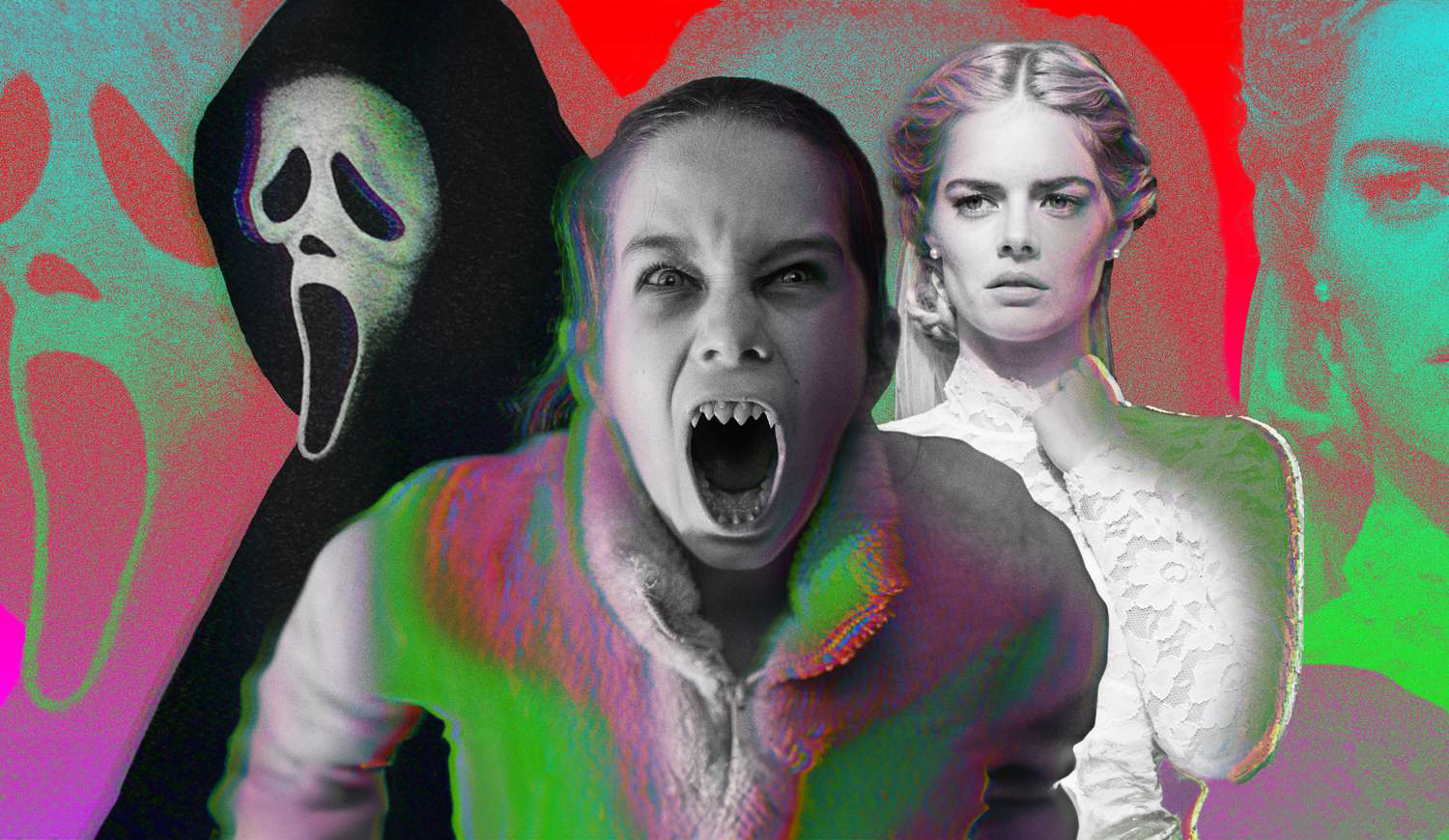
Matt Bettinelli-Olpin, Tyler Gillett, and Chad Villella are all filmmakers under the collective label called Radio Silence. Bettinelli-Olpin and Gillett are the primary directors under that moniker while Villella produces.
They have gained popularity over the past 13 years and their films have become known as having a certain Radio Silence “signature.” They are bloody, usually contain monsters, and have breakneck action sequences. Their recent film Abigail exemplifies that signature and is perhaps their best film yet. They are currently working on a reboot of John Carpenter’s Escape From New York.
We thought we would go through the list of projects they have directed and rank them from high to low. None of the movies and shorts on this list are bad, they all have their merits. These rankings from top to bottom are just ones we felt showcased their talents the best.
We didn’t include movies they produced but didn’t direct.
#1. Abigail
An update to the second film on this list, Abagail is the natural progression of Radio Silence’s love of lockdown horror. It follows in pretty much the same footsteps of Ready or Not, but manages to go one better — make it about vampires.
#2. Ready or Not
This film put Radio Silence on the map. While not as successful at the box office as some of their other films, Ready or Not proved that the team could step outside their limited anthology space and create a fun, thrilling, and bloody adventure-length film.
#3. Scream (2022)
While Scream will always be a polarizing franchise, this prequel, sequel, reboot — however you want to label it showed just how much Radio Silence knew the source material. It wasn’t lazy or cash-grabby, just a good time with legendary characters we love and new ones who grew on us.
#4 Southbound (The Way Out)
Radio Silence tosses their found footage modus operandi for this anthology film. Responsible for the bookend stories, they create a terrifying world in their segment titled The Way Out, which involves strange floating beings and some sort of time loop. It’s kind of the first time we see their work without a shaky cam. If we were to rank this entire film, it would remain at this position on the list.
#5. V/H/S (10/31/98)
The film that started it all for Radio Silence. Or should we say the segment that started it all. Even though this isn’t feature-length what they managed to do with the time they had was very good. Their chapter was titled 10/31/98, a found-footage short involving a group of friends who crash what they think is a staged exorcism only to learn not to assume things on Halloween night.
#6. Scream VI
Cranking up the action, moving to the big city and letting Ghostface use a shotgun, Scream VI turned the franchise on its head. Like their first one, this film played with canon and managed to win over a lot of fans in its direction, but alienated others for coloring too far outside the lines of Wes Craven’s beloved series. If any sequel was showing how the trope was going stale it was Scream VI, but it managed to squeeze some fresh blood out of this nearly three-decade mainstay.
#7. Devil’s Due
Fairly underrated, this, Radio Silence’s first feature-length film, is a sampler of things they took from V/H/S. It was filmed in an omnipresent found footage style, showcasing a form of possession, and features clueless men. Since this was their first bonafide major studio job it’s a wonderful touchstone to see how far they have come with their storytelling.
'Civil War' Review: Is It Worth Watching?
Follow our new YouTube channel "Mysteries and Movies" here.
News
Perhaps the Scariest, Most Disturbing Series of The Year

You may have never heard of Richard Gadd, but that will probably change after this month. His mini-series Baby Reindeer just hit Netflix and it’s a terrifying deep dive into abuse, addiction, and mental illness. What is even scarier is that it’s based on Gadd’s real-life hardships.
The crux of the story is about a man named Donny Dunn played by Gadd who wants to be a stand-up comedian, but it’s not working out so well thanks to stage fright stemming from his insecurity.
One day at his day job he meets a woman named Martha, played to unhinged perfection by Jessica Gunning, who is instantly charmed by Donny’s kindness and good looks. It doesn’t take long before she nicknames him “Baby Reindeer” and begins to relentlessly stalk him. But that is just the apex of Donny’s problems, he has his own incredibly disturbing issues.
This mini-series should come with a lot of triggers, so just be warned it is not for the faint of heart. The horrors here don’t come from blood and gore, but from physical and mental abuse that go beyond any physiological thriller you may have ever seen.
“It’s very emotionally true, obviously: I was severely stalked and severely abused,” Gadd said to People, explaining why he changed some aspects of the story. “But we wanted it to exist in the sphere of art, as well as protect the people it’s based on.”
The series has gained momentum thanks to positive word-of-mouth, and Gadd is getting used to the notoriety.
“It’s clearly struck a chord,” he told The Guardian. “I really did believe in it, but it’s taken off so quickly that I do feel a bit windswept.”
You can stream Baby Reindeer on Netflix right now.
If you or someone you know has been sexually assaulted, please contact the National Sexual Assault Hotline at 1-800-656-HOPE (4673) or go to rainn.org.
'Civil War' Review: Is It Worth Watching?
Follow our new YouTube channel "Mysteries and Movies" here.
Movies
The Original ‘Beetlejuice’ Sequel Had an Interesting Location
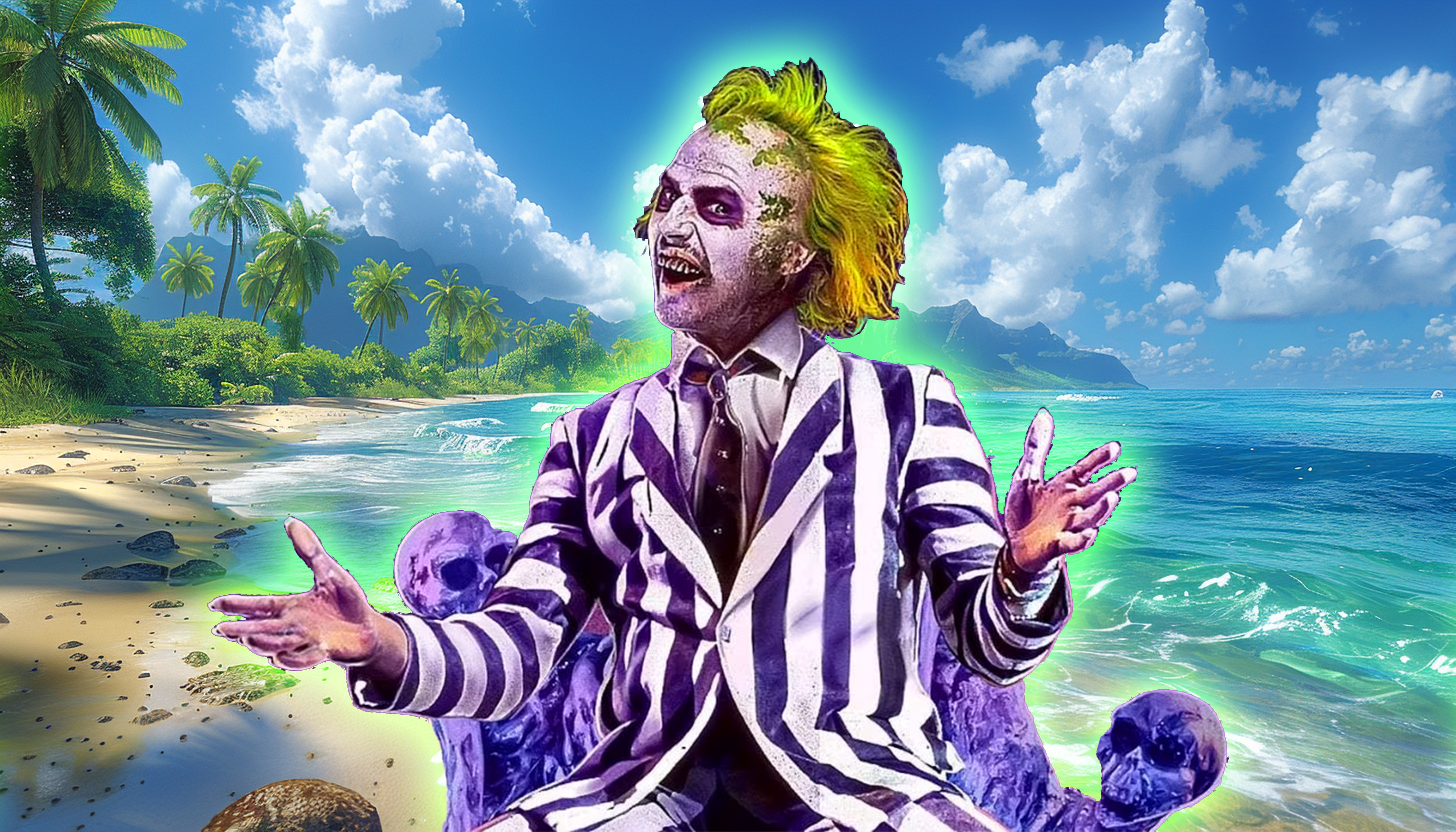
Back in the late ’80s and early ’90s sequels to hit movies weren’t as linear as they are today. It was more like “let’s re-do the situation but in a different location.” Remember Speed 2, or National Lampoon’s European Vacation? Even Aliens, as good as it is, follows a lot of the plot points of the original; people stuck on a ship, an android, a little girl in peril instead of a cat. So it makes sense that one of the most popular supernatural comedies of all time, Beetlejuice would follow the same pattern.
In 1991 Tim Burton was interested in doing a sequel to his 1988 original, it was called Beetlejuice Goes Hawaiian:
“The Deetz family moves to Hawaii to develop a resort. Construction begins, and it’s quickly discovered that the hotel will be sitting on top of an ancient burial ground. Beetlejuice comes in to save the day.”
Burton liked the script but wanted some re-writes so he asked then-hot screenwriter Daniel Waters who had just got done contributing to Heathers. He passed on the opportunity so producer David Geffen offered it to Troop Beverly Hills scribe Pamela Norris to no avail.
Eventually, Warner Bros. asked Kevin Smith to punch up Beetlejuice Goes Hawaiian, he scoffed at the idea, saying, “Didn’t we say all we needed to say in the first Beetlejuice? Must we go tropical?”
Nine years later the sequel was killed. The studio said Winona Ryder was now too old for the part and an entire re-cast needed to happen. But Burton never gave up, there were a lot of directions he wanted to take his characters, including a Disney crossover.
“We talked about lots of different things,” the director said in Entertainment Weekly. “That was early on when we were going, Beetlejuice and the Haunted Mansion, Beetlejuice Goes West, whatever. Lots of things came up.”
Fast-forward to 2011 when another script was pitched for a sequel. This time the writer of Burton’s Dark Shadows, Seth Grahame-Smith was hired and he wanted to make sure the story wasn’t a cash-grabbing remake or reboot. Four years later, in 2015, a script was approved with both Ryder and Keaton saying they would return to their respective roles. In 2017 that script was revamped and then eventually shelved in 2019.
During the time the sequel script was being tossed around in Hollywood, in 2016 an artist named Alex Murillo posted what looked like one-sheets for a Beetlejuice sequel. Although they were fabricated and had no affiliation with Warner Bros. people thought they were real.
Perhaps the virality of the artwork sparked interest in a Beetlejuice sequel once again, and finally, it was confirmed in 2022 Beetlejuice 2 had a green light from a script written by Wednesday writers Alfred Gough and Miles Millar. The star of that series Jenna Ortega signed on to the new movie with filming starting in 2023. It was also confirmed that Danny Elfman would return to do the score.
Burton and Keaton agreed that the new film titled Beetlejuice, Beetlejuice wouldn’t rely on CGI or other other forms of technology. They wanted the film to feel “handmade.” The film wrapped in November 2023.
It’s been over three decades to come up with a sequel to Beetlejuice. Hopefully, since they said aloha to Beetlejuice Goes Hawaiian there has been enough time and creativity to ensure Beetlejuice, Beetlejuice will not only honor the characters, but fans of the original.
Beetlejuice, Beetlejuice will open theatrically on September 6.
'Civil War' Review: Is It Worth Watching?
Follow our new YouTube channel "Mysteries and Movies" here.
-

 News6 days ago
News6 days agoWoman Brings Corpse Into Bank To Sign Loan Papers
-

 News7 days ago
News7 days agoHome Depot’s 12-Foot Skeleton Returns with a New Friend, Plus New Life-Size Prop from Spirit Halloween
-

 News5 days ago
News5 days agoBrad Dourif Says He’s Retiring Except For One Important Role
-

 Strange and Unusual5 days ago
Strange and Unusual5 days agoMan Arrested for Allegedly Taking a Severed Leg From Crash Site And Eating It
-

 Movies6 days ago
Movies6 days agoPart Concert, Part Horror Movie M. Night Shyamalan’s ‘Trap’ Trailer Released
-
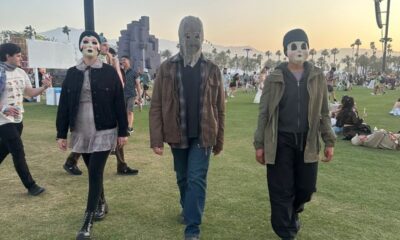
 Movies7 days ago
Movies7 days ago‘The Strangers’ Invaded Coachella in Instagramable PR Stunt
-

 Movies6 days ago
Movies6 days agoAnother Creepy Spider Movie Hits Shudder This Month
-
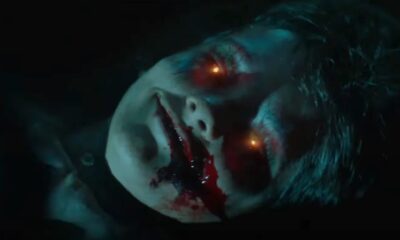
 Movies7 days ago
Movies7 days agoRenny Harlin’s Recent Horror Movie ‘Refuge’ Releasing in U.S. This Month
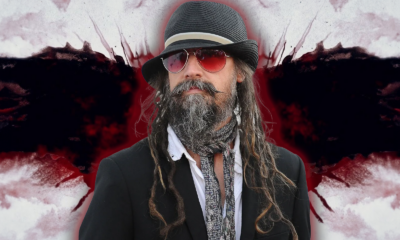

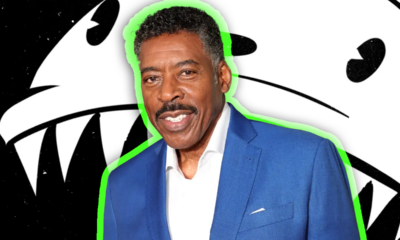

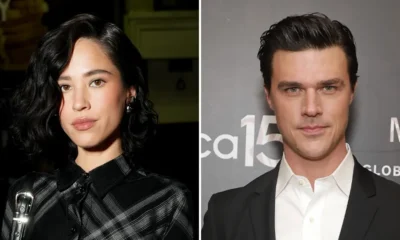


















You must be logged in to post a comment Login